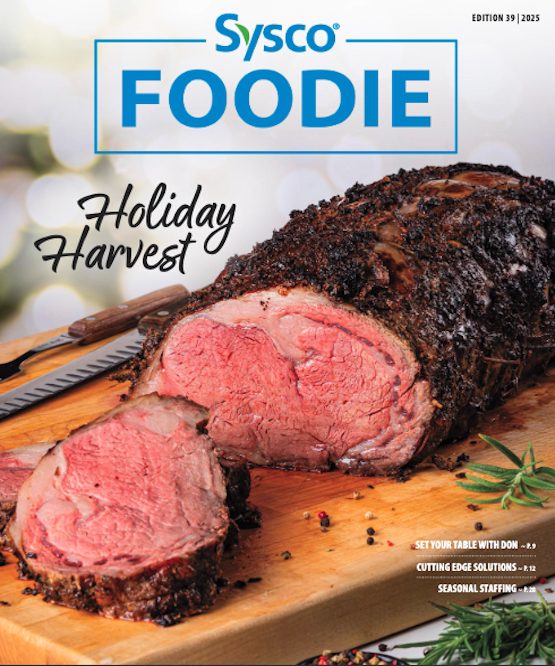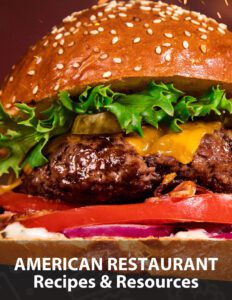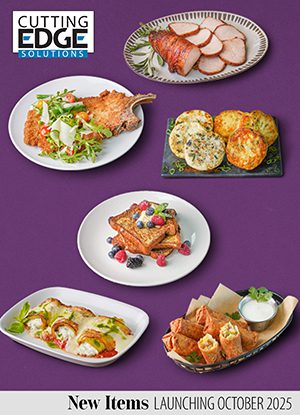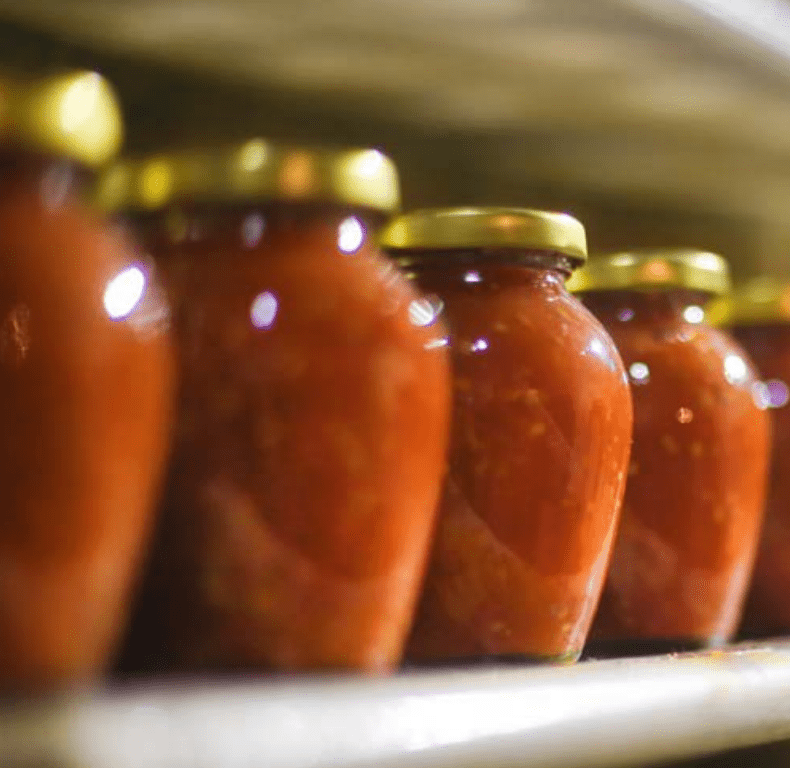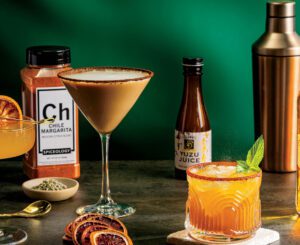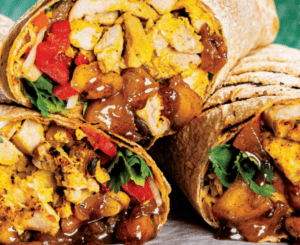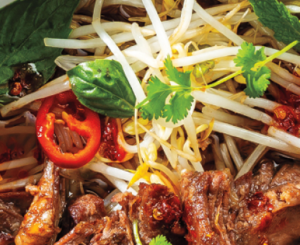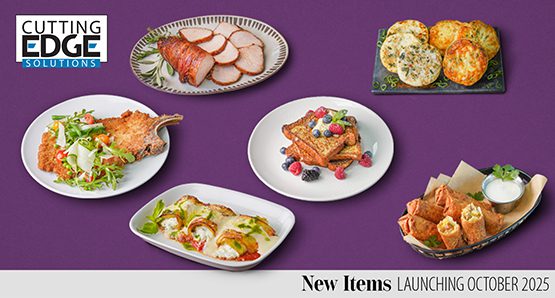Chefs have always had one eye on the clock and the other on the calendar—and right now, what’s most on-trend is also what’s most perishable: peak-season produce. A sun-ripened tomato still warm from the vine, a fragrant peach that yields gently to the touch, a just-picked ear of corn bursting with sweetness—these fleeting ingredients are the very essence of summer. They bring bold flavor, vivid color, and that unmistakable freshness that diners crave this time of year.
But as every chef knows, the growing season waits for no one. The moment you perfect a dish featuring summer’s best, the harvest is already shifting. That’s why preservation isn’t just a time-honored culinary technique—it’s a forward-thinking strategy. From pickling and fermenting to drying, freezing, and confiting, these methods allow chefs to bottle the season’s energy and keep it alive on the plate long after the fields have been cleared.
Preserving produce is also about more than extending shelf life. It’s about maintaining consistency in your kitchen, expressing your creativity, reducing waste, and keeping food costs in check. Whether it’s a vibrant peach gastrique in the dead of winter or house-pickled cherry tomatoes to punch up a cold-weather grain bowl, these preserved elements can offer a powerful reminder of
the season’s soul.
In this issue’s Trends section, we’re diving into smart, approachable ways to hold onto those peak-season flavors and make them work harder—and longer—for your menu.
Preservation as Strategy
Preservation has always been part of the culinary playbook. Our grandparents did it to stretch the harvest and make the most of what they had. Today, chefs preserve not just out of necessity, but out of intention. With the right tools, techniques, and planning, you can use preservation to deepen flavor, reduce kitchen waste, streamline prep, and extend the reach of seasonal ingredients far beyond their prime.
As Chef Neil Doherty puts it, “The first loss is sometimes the best loss”—a reminder that missed opportunities can often spark a smarter, more intentional plan. Don’t save scraps just to save them—start with quality, and preserve with purpose. When done right, preservation becomes more than a back-of-house task—it becomes a strategy for building depth, reducing waste, and telling a sustainability story worth sharing with your guests.
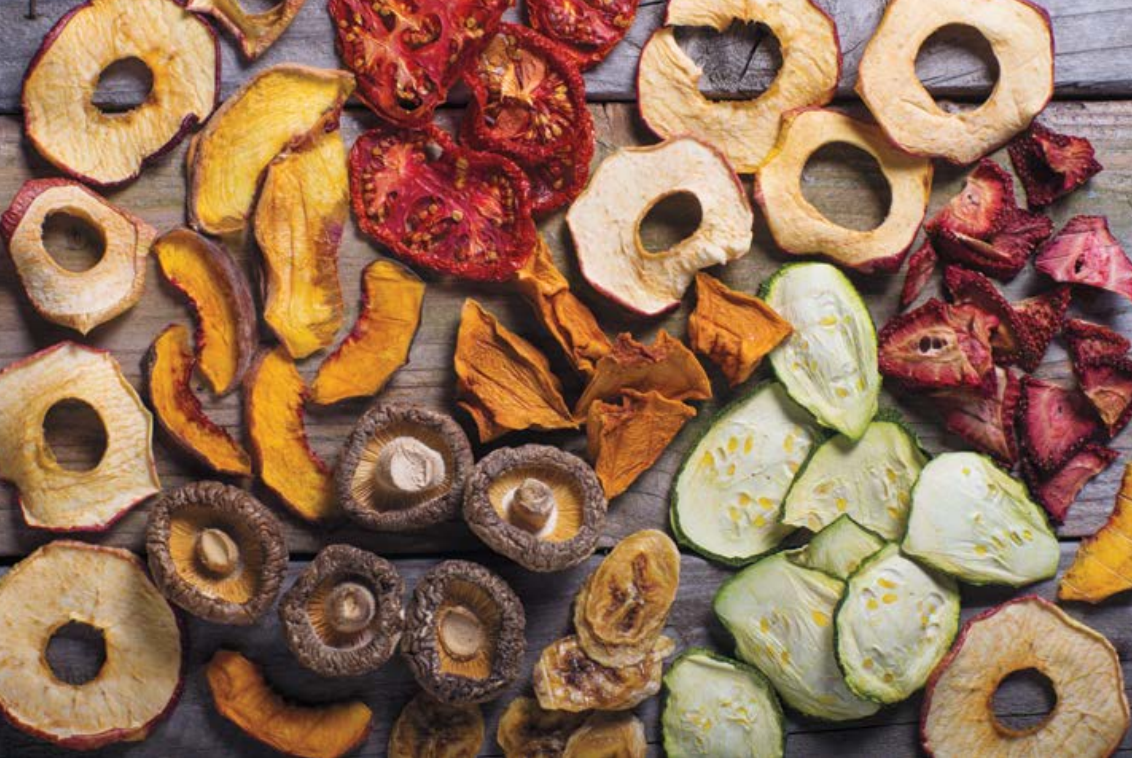
Methods like fermenting, pickling, dehydrating, and freezing are far from outdated; they’re innovative techniques for amplifying flavor, adding texture and acidity, and creating signature ingredients that set your dishes apart. Preserved ingredients can become the foundation of a dish or the accent that elevates it, helping you maintain a more adaptable, reliable inventory while reducing spoilage and waste.
Whether you’re preserving summer berries for fall desserts or turning peak-season peppers into a house-fermented hot sauce, preservation is your chance to innovate, differentiate, and turn short-lived ingredients into long-term assets.
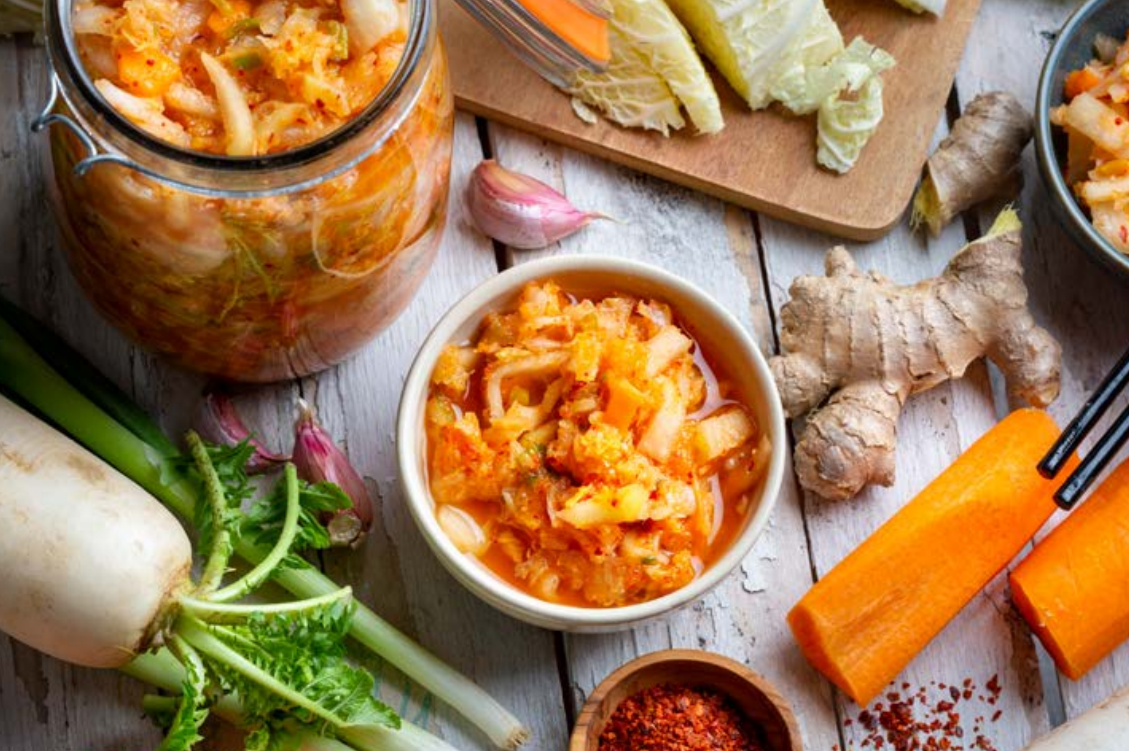
Stretch the Season
Late summer gems like tomatoes, figs, corn, and stone fruit are at their peak now—but gone too soon. The key is starting with pristine product and preserving it with purpose. That means choosing the right technique to transform fleeting freshness into layered components with a longer shelf life and stronger culinary identity. Preservation isn’t just storage—it’s reinvention. Think about how one ingredient can show up in multiple formats on your menu:
Tomatoes: fresh —> confit —> smoked jam —> leather —> powder
Stone Fruit: roasted —> pickled—> fermented —> distilled
Herbs: fresh —> infused oils —> dried blends —> rubs
Figs: roasted —> jammed —> balsamic-pickled
Corn: grilled —> creamed —> frozen —> cob stock
Build a Resilient Pantry
In today’s unpredictable food system, a strategic pantry gives you flexibility and flavor insurance. Try:
- Infusing oils with chiles or citrus
- Vacuum-sealing greens for off-season consistency
- Freezing herb purées in oil
Preserved = Profitable
Preserved ingredients add story, soul, and margin to your menu. Think:
- Fruit scrap vinegars
- Stone fruit chutneys for fall cheese boards
- Compound butters with fresh herbs
- Fermented chile hot sauces
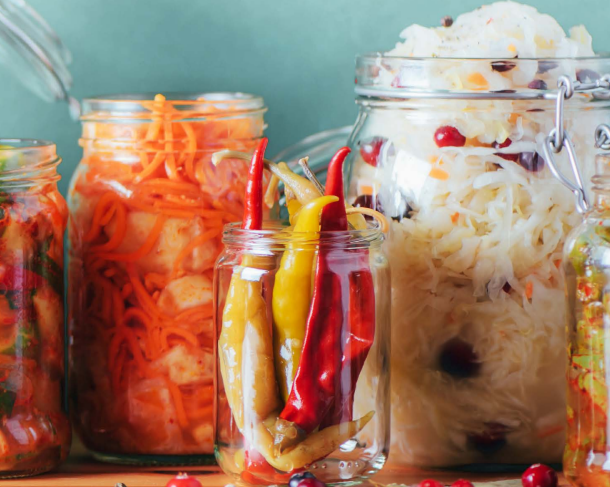
Cook Forward
Preserving the season isn’t about nostalgia—it’s about planning ahead. When your pantry tastes like August in November, you’re not just serving great food. You’re running a smarter, more resilient kitchen. Sysco can help you cook forward with the right products, tools, and planning support to keep seasonal flavors—and your kitchen—working year-round.


